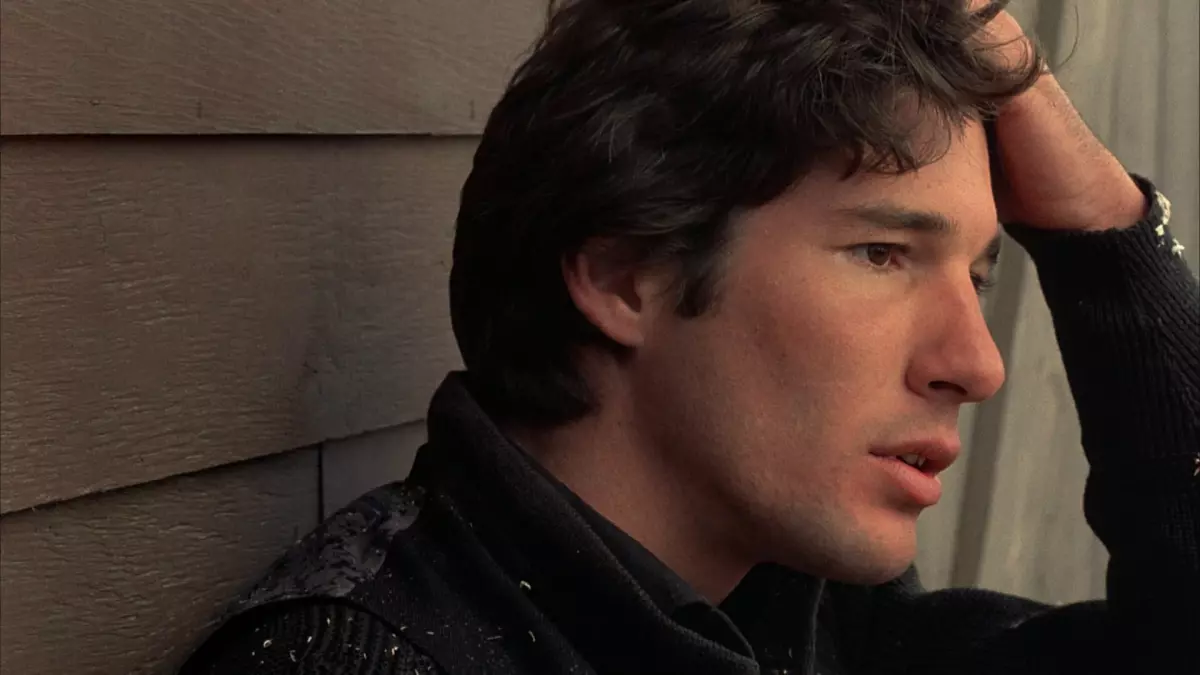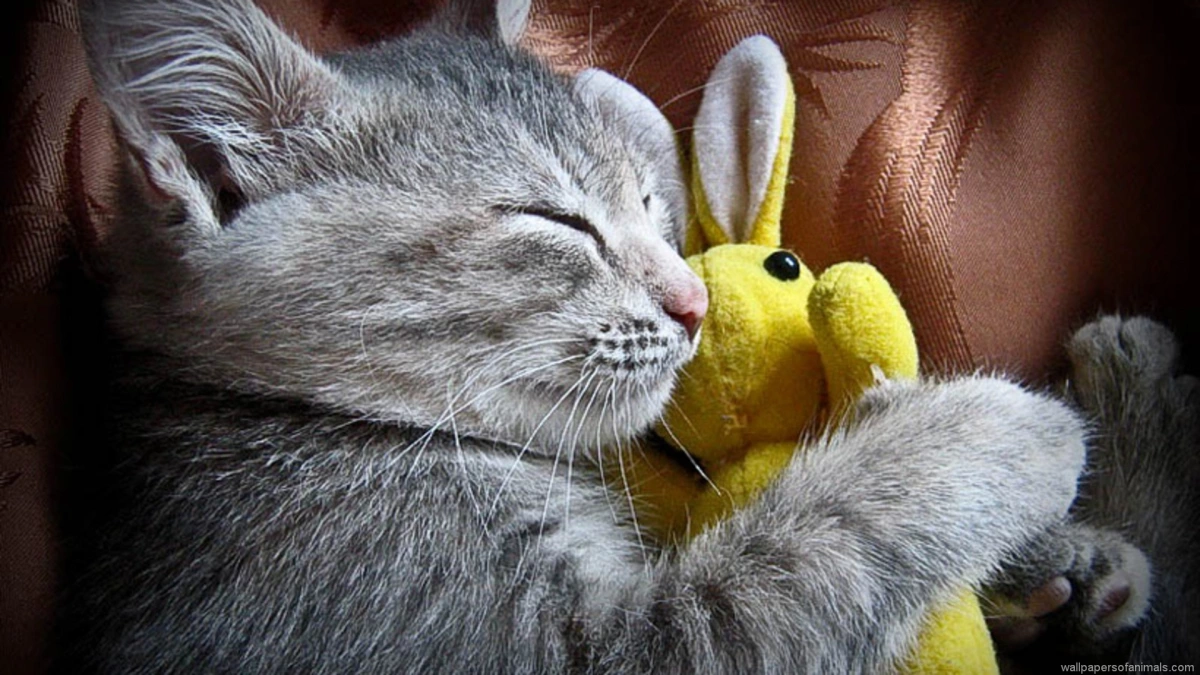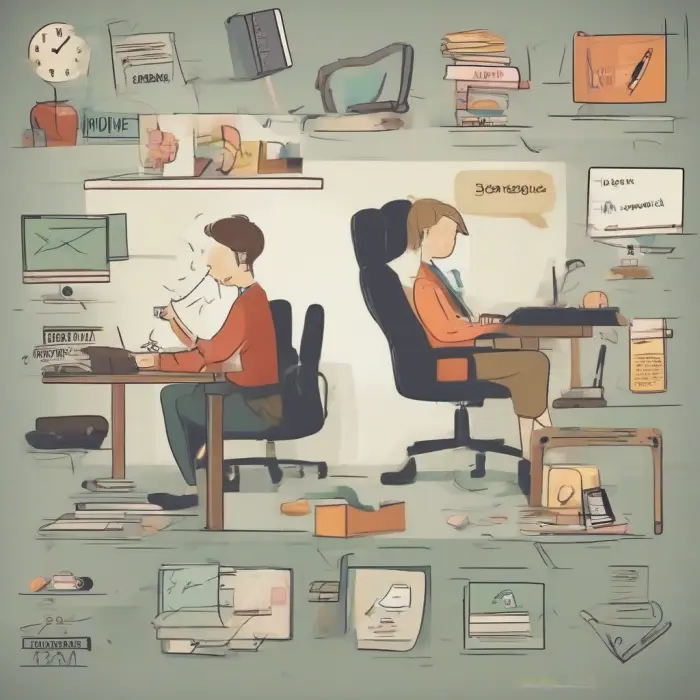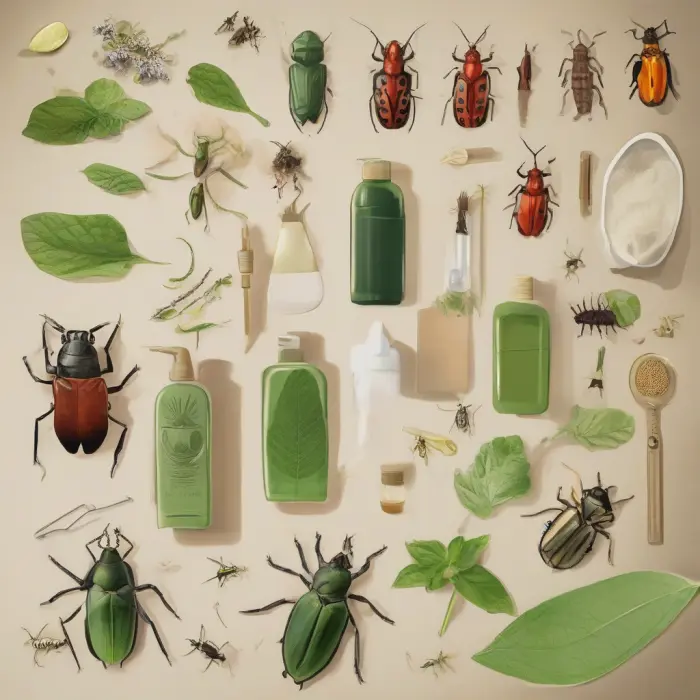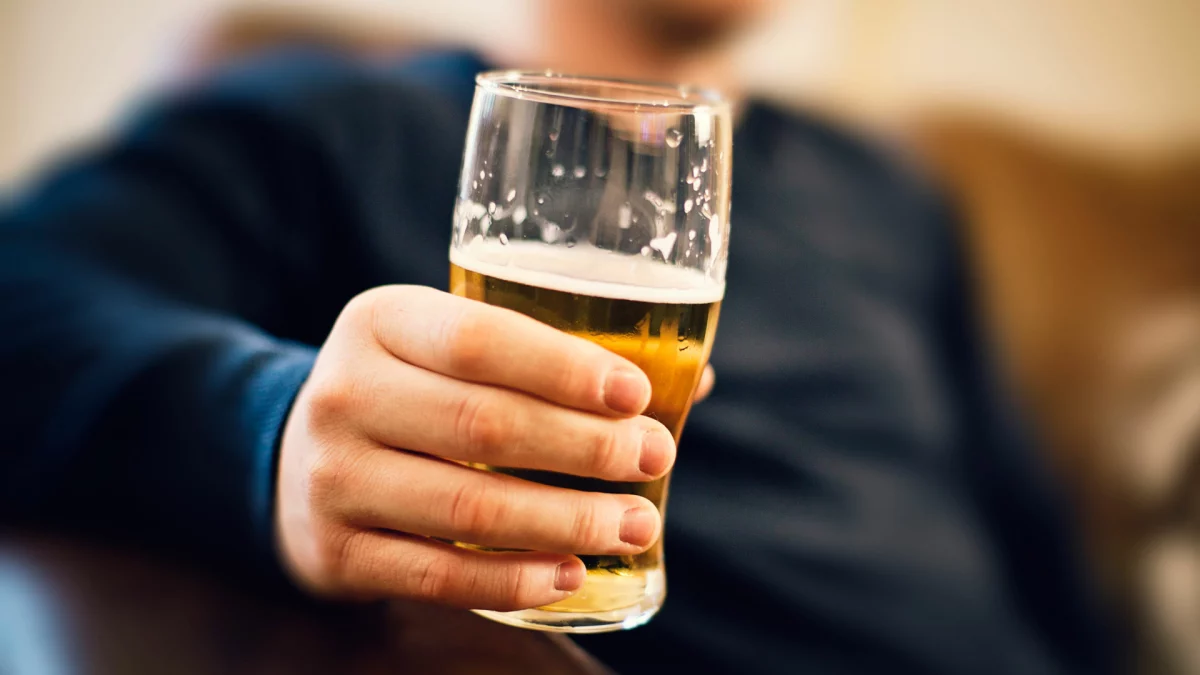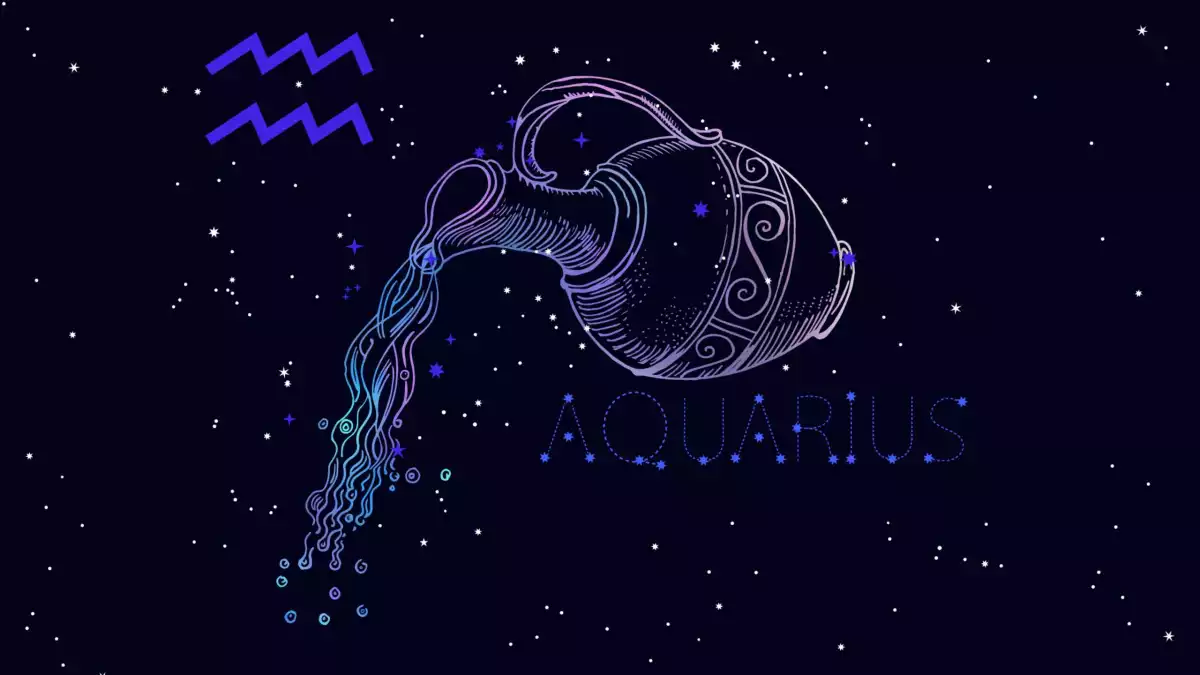Quirky Facts About the History of Space Exploration
Space exploration is an intriguing and awe-inspiring field, filled with fascinating discoveries and remarkable achievements. However, it also has its fair share of little-known oddities. Here are some quirky facts about the history of space exploration that you might find both amusing and intriguing.
The 'Jingle Bells' Broadcast
On 16 December 1965, "Jingle Bells" became the first song to be broadcasted from space. Astronauts of Gemini 6 reported seeing a "red suited" astronaut (a humorous nod to Santa Claus) and then played a prank on Mission Control, playing "Jingle Bells" on a harmonica accompanied by small bells they had smuggled on board!
The Moon Smells Like Gunpowder
According to the Apollo astronauts, moon dust smells quite similar to gunpowder. When they returned from their lunar excursions and removed their helmets, they reported a scent akin to spent gunpowder. Scientists are still unsure as to why this is the case, considering the Moon's atmosphere doesn't provide the necessary chemical elements for that scent. Truly one of the universe's olfactory mysteries!
The Great Galaxy Gaffe
In 1920, Harlow Shapley and Heber Curtis held the so-called 'Great Debate' about whether the Milky Way was the entirety of the universe or just one of many galaxies. Curtis was correct in arguing for multiple galaxies but made a funny misstep in severely underestimating the size of the Milky Way, stating it was only about 30,000 light-years in diameter, when it is actually around 100,000.
Spacecrafts Covered in Gold
Many spacecrafts are covered in gold foil. Gold is incredibly efficient at reflecting sunlight, providing an effective thermal shield. Additionally, it doesn't corrode or rust, making it a perfect protection from the unyielding environment of space. However, the foil is only around 0.00005mm in thickness: innovation and frugality in equal measures!
The Hamm Hammer
No overview of quirky space facts could be complete without mentioning Ham the Chimp. In 1961, before humans ventured into space, NASA sent Ham to test the safety and feasibility of human space exploration. He wasn't just a passenger either; Ham had tasks to perform, conducting the first cognitive test in space. He 'ham'-mered it, surviving the mission and living out his days in comfort back on Earth.
Conclusion
From jingling astronauts and moon gunpowder to golden spacecrafts and space-faring chimps, the history of space exploration is full of surprises. As we continue to explore the vast universe, who knows what other offbeat and exciting discoveries await us out there among the stars.

